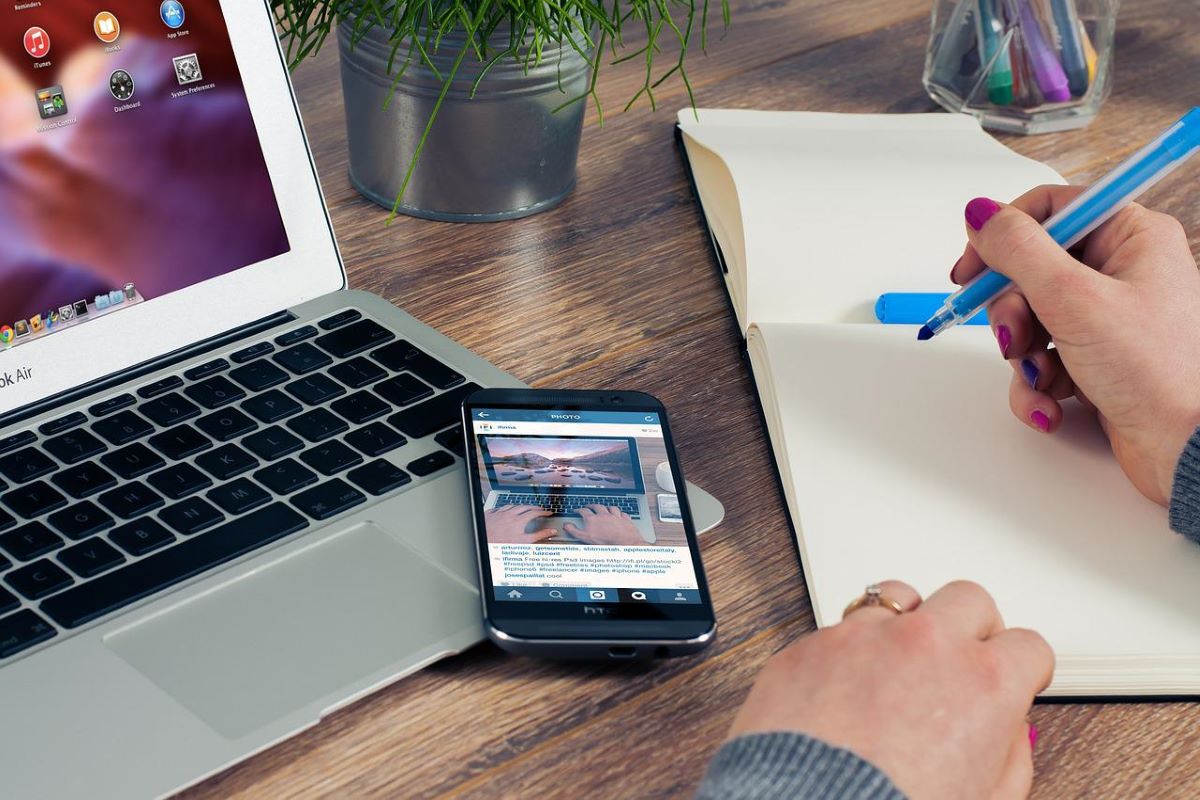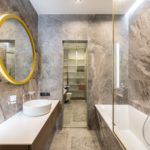
Collaboration is critical to innovation, and many companies are now looking for ways to encourage employees to return to the office. Creating a comfortable office environment that accommodates different work styles and supports the community is the perfect way to motivate employees to return. Refreshing workspaces, improving hygiene, accommodating different working styles, and encouraging social connections are all perfect recipes for encouraging employees to return to the office.
Together, these elements restore office energy and connections with colleagues, in turn encouraging employees to get back to work. Cross-functional teamwork is a great way to engage remote workers and give new meaning to the work of employees returning to the office after a while. Remember that employees can be productive both in and around shared office spaces. Workplace flexibility is a benefit for employees and a way to help them find a work-life balance after working from home.
Of course, some workers will never want to cross the office window again, but others like flexible working hours, where they can work out of the office a certain number of days per week or month. Not all companies want their employees to continue working remotely full-time, and some are preparing to return to the office in one form or another. It would be best to not take a strict ‘come back or be fired’ stance as your employees could simply move to one of the millions of companies now working remotely full-time.
Not all employees want to return to work; many recent surveys suggest that people are uncomfortable returning to work in person and are sceptical of the need for the traditional work environment. Like most skilled workers, those with valuable talents and skills might not want to return to the traditional office space. Please don’t forget that although vaccination has made the external environment comparatively safe, but still the threat of being infected by Covid-19 remains. Due to this, some people still might not feel completely safe returning to the offices.
After a break from work, employers can’t just open the door, remove the cobwebs, and expect new or even existing employees to return to what worked more than two years ago. After months of working away from home and staying in their comfort zone, employees are finally returning to the office, and it can be a little difficult for them to get used to the office routine. For returning employees, it is critical to return to the office routine and attend a business event after a long time. Employees who have already re-entered some roles in the office are happier than they thought.

By achieving work-life balance, many employees can overcome the rigid and monotonous culture of office life. The reason people want to work in an office these days is not the workplace. It turns out that people want to be in the office for many reasons, and the ability of the office to amplify and facilitate those reasons is critical to getting employees back to work. For instance, some employees might prefer flexible employment contracts over traditional ones. Always remember – if brick-and-mortar offices succeed in attracting more employees, then there can be greater rewards for the business and the team.
Hybrid work, where employees divide their time between home and office, will be a prospect for many. Moving forward, if more work is done in a hybrid way and if people can do more of their individual work at home (with kids in school and daycare), employees are more likely to engage in collaboration, communication, and co-creation. The change has forced employees to rethink their space and where they feel most productive. This diversity in workplace choice should be considered, and the opportunity should be given to an employee to discuss their employment contract.
If you want your employees to increase their productivity, it may depend on the structure and setup of your office. There is no perfect or “best” office layout, but as long as your employees’ needs are prioritised, it will make them feel valued.
You don’t have to redesign the workspace completely; just make sure that the office environment is comfortable and productive. Unless you’re in the minority of fully remote companies, your office is a fundamental part of the value equation you offer to your employees. Creating a secure office space is the best place to start – making it a top goal to keep in mind when welcoming remote workers.
Regular sanitising of office space will be paramount when employees return to work, and as such, organisations need to focus on it so that they don’t regret their decision later. If the very foundations of the team are unstable, nothing can guarantee success, and therefore it is vital to have clear leadership that welcomes employees who return to work after working remotely.
Remote work has left many employees isolated, others have had technical issues with online meetings, and collaboration often doesn’t go as smoothly when colleagues can only communicate via screens. Whether you work remotely or out of the office, communication is essential for teams. Communication and collaboration tools help employees be productive and manage work seamlessly, even when you’re back in the office. While working from home has its benefits and many activities can actually be done remotely, we cannot underestimate the importance of the workplace.
Some companies have had huge success with the remote work model; people are more productive, the company is saving money, and no one seems to be missing lunch breaks or team building in person. Most companies still recognise the benefits of having employees in the office, even if it’s only 2-3 days a week. Many employers are adopting hybrid approaches to work, but one of the downsides of having more choices for employees is the potential lack of enthusiasm in the office.
All in all, returning to offices after a long time can be quite challenging for employees; therefore, giving opportunities for hybrid work can help to retain employees and attract talent. The workplace design can also help to create a positive work environment and establish an emotional connection with the team, making them look forward to the next working day.








